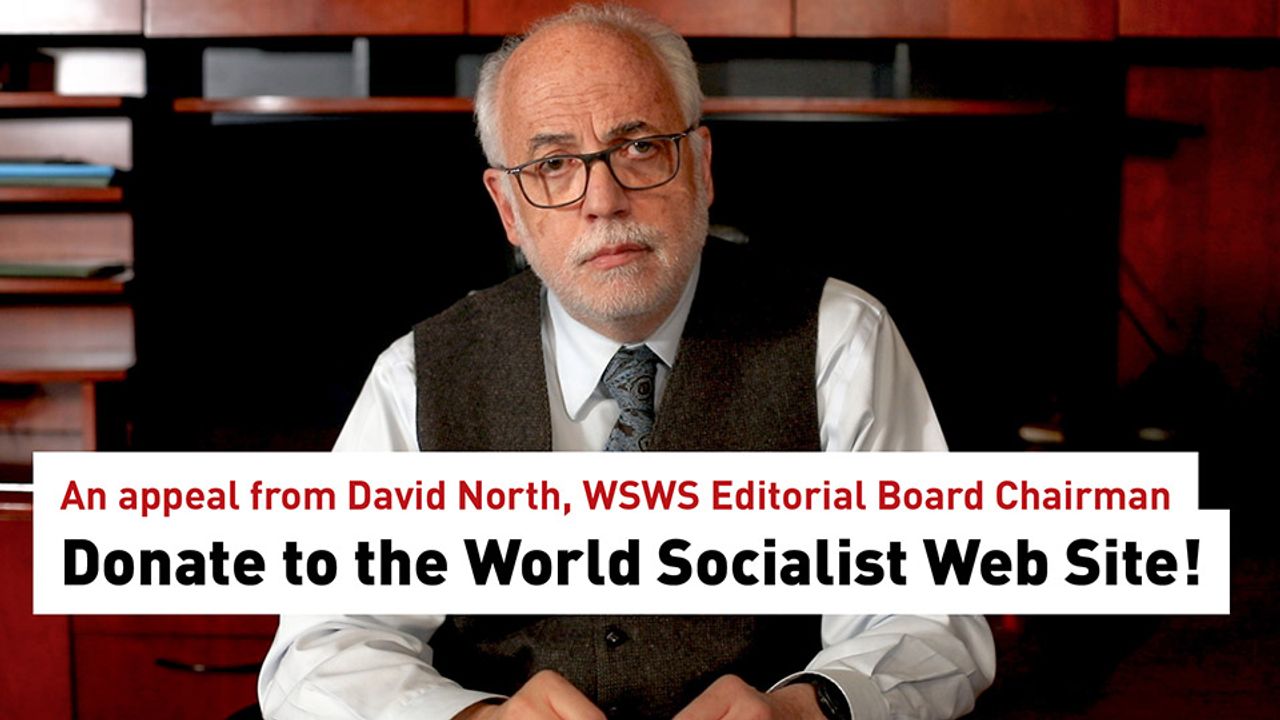About the Award: Designed to bolster the individual capacities of educational planners and managers, our programmes contribute to the institutional capacity that ministries of education require to carry out education sector analyses and plans that reflect both national priorities and their commitments to Sustainable Development Goal 4.
All of the programmes described below are offered in English and French with simultaneous translation during the face-to-face courses. Participants can also pursue our courses in a modularized way, meaning that they can, for example take the Education Sector Planning course first, and complete the ATP later.
2019 SPECIALIZED COURSES PROGRAMME (SCP)
From April to May 2019, IIEP will offer six two-week courses at IIEP in Paris, France. Each of the courses cover a specific area, such as teacher management and quantitative methods for monitoring and evaluating the quality of education. Participants must successfully complete three of these short courses if they are studying for the ATP, but these courses are also open to others who want to enhance their skills in a particular thematic area. Development partner staff often join Ministry staff on these short courses.
Key features of the SCP:
- Intensive courses that last two-weeks,
- Focus is on a specialized topic in education sector analysis or management,
- Stimulating learning activities, including group work and practical exercises,
- Successful course completion is recognised as part of the ATP.
This course combines 12 weeks of online learning and a 13-week residential training phase at IIEP. Providing participants with the fundamentals of educational planning, it covers areas such as an education sector analysis/diagnosis, plan preparation, and the implementation and monitoring of an education sector plan. The course begins in September 2019 with an online phase in-country and finishes in March 2020 in Paris, France. The ESP can count towards completion of the ATP one-year programme in educational planning and management.
Key features of the ESP:
- 12 weeks online and 13 weeks at IIEP in Paris,
- Covers main areas of planning from sector analysis/diagnosis, plan preparation, to monitoring and evaluation,
- Group and individual course work and field visits in France and in a neighbouring country,
- IIEP International Certificate of Advanced Studies in Education Sector Planning given upon successful completion.
This year will mark the 55th session of the Advanced Training Programme, the flagship one-year programme offered by IIEP-UNESCO in educational planning and management. This programme includes the ESP course and the SCP, as well as a tutored project that participants complete in their home countries. An intensive and practice-oriented course, the ATP prepares its graduates to enhance their performance and future careers as education planners and managers.
Key features of the ATP:
- Three months online learning, followed by six months in Paris and a project completed in the participant’s country of residence to ensure the relevance of the course to the participants and their organisations,
- Develops practical and theoretical skills in educational planning and management, as well as leadership skills,
- Covers all facets of educational planning and management, from education policy analysis to monitoring and evaluation,
- Includes a study visit in France and a neighbouring country to learn about their education systems,
- IIEP Master’s equivalent level certificate awarded upon successful completion.
Eligibility: Participants at IIEP come from all parts of the world (however, they must be proficient in either English or French). Here are some of the professional backgrounds of previous participants:
- Educational planners and managers involved in policy formulation and implementation;
- Other officials from education ministries;
- Professionals from other governmental bodies in charge of education matters;
- Education specialists who wish to strengthen their knowledge and expertise in specific areas;
- Education officers involved in analysis, design, planning, implementation, and evaluation of education policies and programmes at different levels of government;
- Technical officers specialized in research, planning, statistics, management, human resources, assessment, curriculum, and teacher professional development;
- Professionals developing or managing educational programmes and projects in other types of organizations, including development partners and NGOs;
- Holders of a first degree, or equivalent qualification.
Value of Award: UNESCO member states may submit a request for funding from the UNESCO participation programme through the UNESCO National Commission. The procedure and schedule for the submission of funding requests are available at the UNESCO web site.
Duration of Programme: Programmes vary in length from our two-week specialized courses to the Master’s level equivalent Advanced Training Programme (ATP), which takes one year to complete, including six month’s residential training in Paris.
How to Apply: Interested applicants must apply online. For a complete application, applicants must upload the following documents:
- The Authorization of Participation form, duly completed and signed/stamped by your employer and, if possible, your UNESCO National Commission representative. (You can download the form from the ‘Practical Information’ section of the application form.)
- A scanned copy of the name and date page of your passport.
- An Organizational chart of your Ministry or organization (please indicate exactly where you fit within the structure with an X or other mark).
- Scanned copies of diplomas, degrees, and other relevant training certificates.
- A language proficiency certificate, if your first language is neither English nor French.
- GOODLUCK!
Visit Programme Webpage for Details
